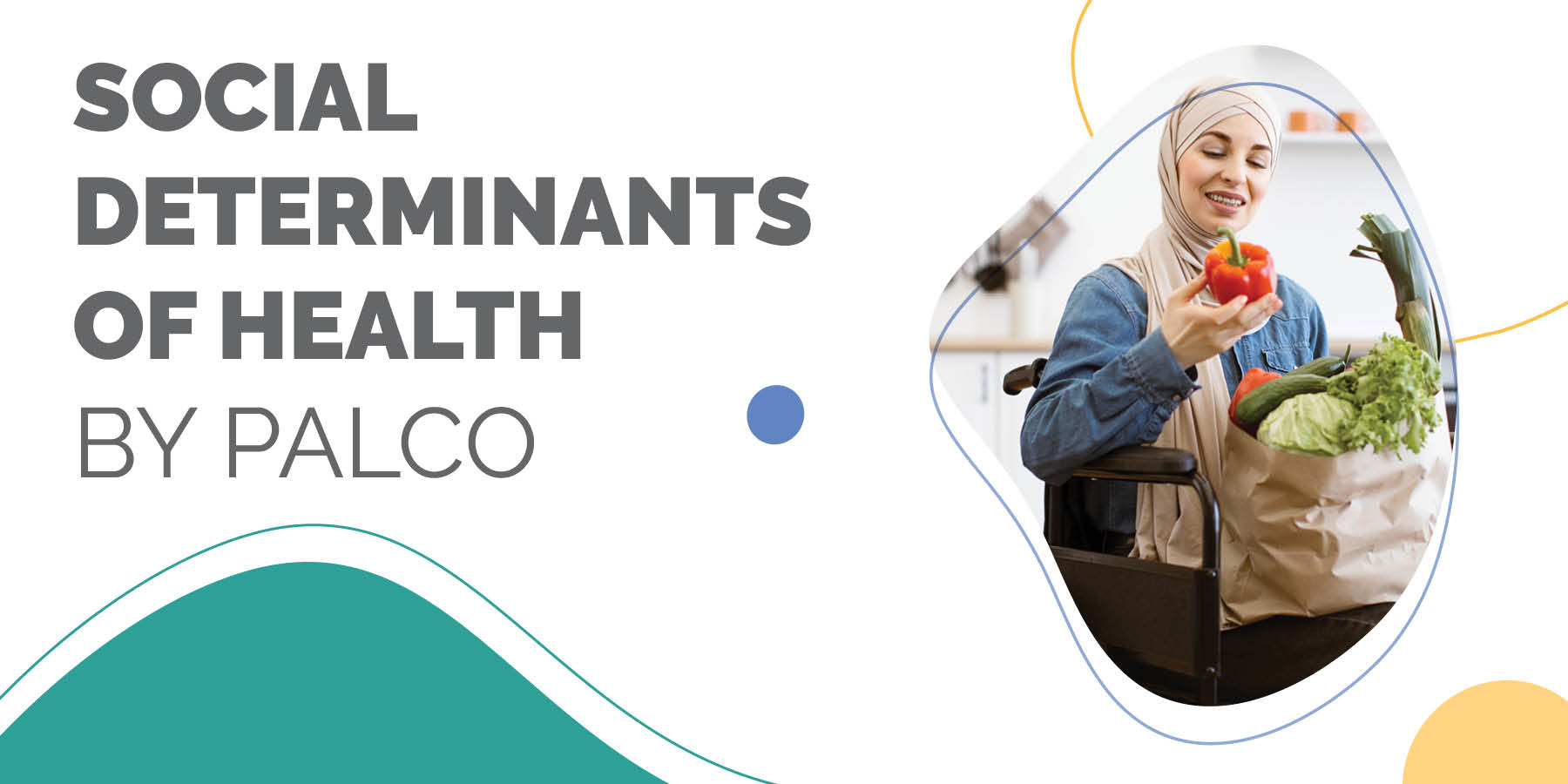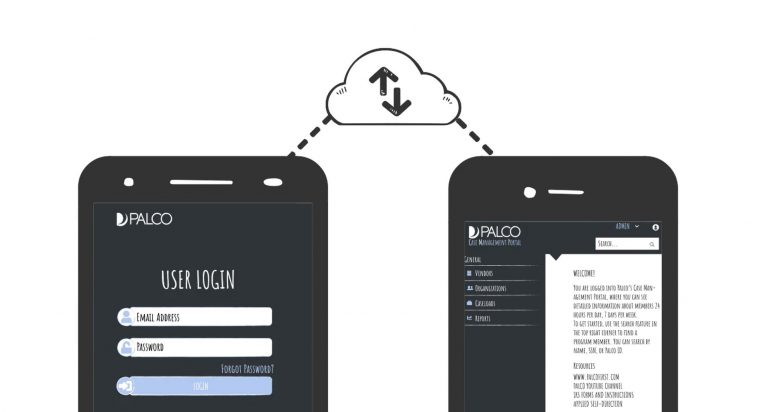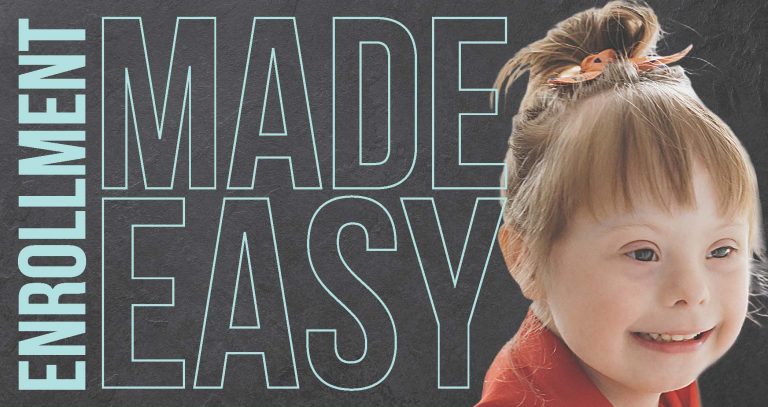A Deeper Look: Tracking Social Determinants of Health (SDOH) with Palco
In our last blog post, we talked about the basics of Social Determinants of Health (SDOH). These non-medical factors can impact a person’s health.
In this blog, we are diving deeper into why tracking SDOH is important. And, we’ll talk about what we are doing to improve health outcomes.

Why Should We Track SDOH?
There are many reasons why we should track SDOH. Some of the reasons are financial, and others are to get us closer to health equity.
Addressing SDOH Can Save the Public Money
A 2012 study looked at 407 chronically-ill people experiencing homelessness in Chicago. Researchers followed these participants for 18 months. They wanted to see if interventions generated cost savings.
Those who received a housing and case management intervention had 2.6 fewer hospitalized days than those who didn’t. They also reported 7.5 fewer days in residential substance use disorder (SUD) treatment. In addition, this group had an estimated annual cost savings of $6,307 compared to the control group. This savings accounted for health care, legal, housing, and case management costs.
Working to Achieve Health Equity with SDOH
Health disparities are differences in health status and access to services between different groups of people. Addressing SDOH is not only important for improving overall health, but also for reducing health disparities. That’s because they are often rooted in social and economic disadvantages. By helping those who are at a disadvantage, we can help give them a better chance at a happy and healthy life. This goal is called health equity.

How to Screen for SDOH in Palco’s Software
Palco’s EVV and Connect software includes a data collection tool to identify social factors affecting self-directing participants. After submitting worker shifts, users see a quick, on-screen questionnaire, with results displayed in clear tables and charts.
Using this tool, organizations can:
- Increase referrals to community services
- Expand programs based on identified needs
- Strengthen care networks and track outcomes
- Proactively address service gaps
- Connect individuals to essential resources
Steps to screening for SDOH with Palco’s software:
1. Entry and Consent
- Seamless Integration: Works with Palco’s Electronic Visit Verification (EVV) platform for real-time data collection
- User Consent: Users are asked to consent to the SDOH questionnaire
- Flexible Participation: Those who decline can choose to participate later
2. Screening
- Customizable Focus: Questionnaire can target specific SDOH categories or cover multiple areas
- Easy to Use: Questions are simple and accessible
- Flexible Deployment: Topics can be adjusted and scheduled over time
- Data Integrity: Controls limit user responses to ensure accuracy

3. Care Coordination and Resolution
Proprietary dashboards are available in the Palco Case Management Portal.
- SDOH Insights: Helps partners analyze program data and inform policy decisions
- Better Outcomes: Supports efforts to improve health and quality of life for self-directing participants
- Flexible Access: Users can view data at both program-wide and individual levels

4. Feedback and Outcomes
Long-term data collection can help track:
- Progress toward outcomes
- Return on investment following programmatic or policy changes
Start Tracking SDOH Today
Are you ready to partner with Palco? Reach out to us here and mention you saw our blogs about SDOH. We’ll get you in touch with the right people. And together, we’ll help improve health outcomes.







